It occurred to me some months back that there are some very distinct trends when it comes to women’s aprons. We see them come and go through history and with specific styles when they do. Though we call anything meant to protect a woman’s clothing from harm caused by domestic duties an ‘apron’, they are drastically different when compared across time.
Types of aprons
I never thought to look it up before, but the different styles of aprons that we associate with different time periods all have different names as well. Here are six of the most common.
Bib apron
A bib apron is the most popular type worn today. Named for obvious reasons, it is a mid-to-full-length apron made of sturdy material covering a person’s front and tied at the back.
Until the last several decades, this style of apron was most commonly worn by certain tradesmen, and of course most well-known, chefs. Wikipedia points out that in medieval times, bib aprons were worn in different colors by working class men according to their profession:
“English barbers wore checkered aprons. Stonemasons wore white aprons to protect their clothing from the white dust created by their tools on the stone.
Cobblers wore black to protect garments from the black wax used on shoes. Butchers wore blue stripes. Butlers wore green aprons. Blue was commonly worn by weavers, spinners, and gardeners.”
Today, bib aprons remain popular Father’s Day gifts and are also worn by women in kitchens across the country. Every source I read for this post pointed to the popularity of this utilitarian style of apron coming into popularity following a backlash against the popular styles of the 1950s and 1960s.
I couldn’t think of a woman most associated with a bib apron, can you?
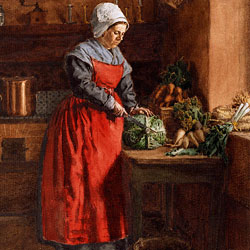
Pinafore
The pinafore apron has a more dynamic history than the others if you ask me. What we now associate with a ruffled woman’s apron or child’s dress evolved from the “pinner” apron that you may have seen in period dramas. The apron tied at the waist in the back and stayed up with the use of pins at the chest. Over time, and possibly for convenience, ruffled straps were added, creating the look seen on Downton Abbey. Eventually, it would mostly be confined to the wardrobe of young girls, with some appearances in the 1940s and 1950s. I had a white pinafore that I wore with a pastel dress for Easter when I was 11 that I reveled in wearing to church.
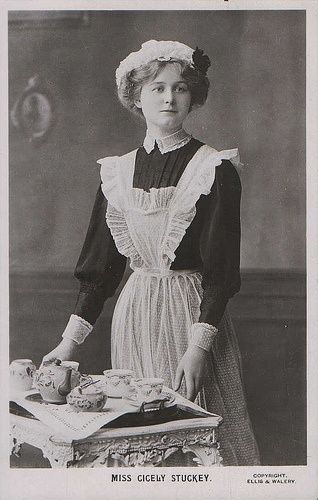
Tabard or cobbler apron
Do you know which apron is named a “tabard”? Perhaps your grandmother or nursery school aid wore one when you were young. It refers to a lose-fitting, smock style apron without a waistline that ties at each side or at the back. It often has large pockets in the front. I know my grandma would often wear this style around the house as she often stayed busy with food prep most of the day.
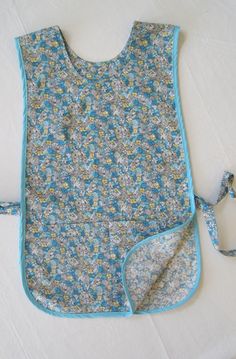
Bungalow
The bungalow apron is the least-common apron here but I thought it was worth mentioning as the name and style is so distinct.
The bungalow apron refers to a covering that resembled 1950s housedress and worn in the 1950s, almost always in the morning, by housewives after they did themselves up and as they prepared the household for the morning. It was less attractive than the waist aprons they would often change into, but more functional, allowing them to keep their clothing clean as they got the family breakfast.
I have also read that some styles were meant to be worn in lieu of a dress but for the same reason, to keep one’s clothing clean in the morning hours.
Waist apron
And of course, there is the half apron, or waist apron. Enjoying a heyday in the 1950s, these are the most stylish of our bunch. They were made to be fashionable and to enhance the hourglass silhouette many mid-century housewives preferred. The availability of this style during the 1950s and the widespread commercial prevalence of the housewife as an icon in the decade’s advertising make this apron fun to study. I will touch on it in today’s post and return another time with a full post on this delightful piece of fashion history.
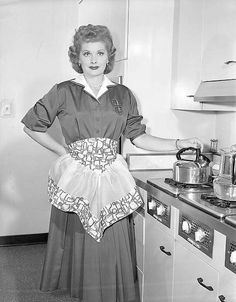
Major apron trends through time
When you think about aprons, what time period comes to mind? There are a handful of eras when aprons were common parts of a woman’s wardrobe. Which one is your favorite?
Revolutionary War fashions
The American Revolution had some fashion trends that we don’t see too much of before or after due to the sudden changes in so many people’s lifestyles. It is one time period we see women from all parts of society including the upper class wearing aprons and head coverings day to day. One reason for wearing aprons so often could be the living conditions at the time and the amount of dust and dirt one would be exposed to in brand new areas without paved roads and sidewalks.
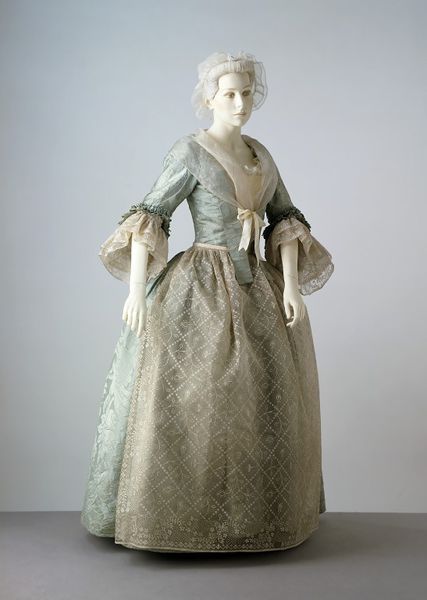
Read more about Revolutionary War fashions here.
19th century European domestic staff
Many women wore aprons each day of their lives in the 19th century. A member of the domestic staff would keep busy from dawn to dusk, requiring that their clothing remain protected and could stand the test of time. And because there was an important rank and file to many households, a woman’s apron played an important part in displaying her role and position.
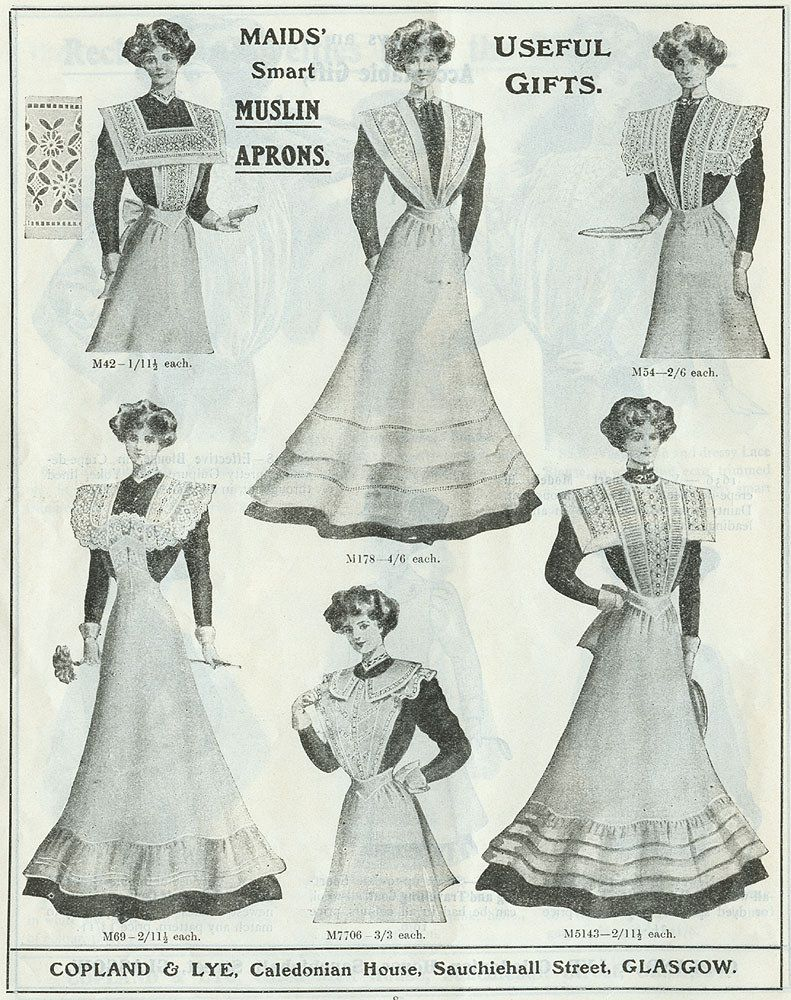
1950s aprons: a symbol of domestic readiness
Female television icons, along with women around the country, wore a selection of waist aprons to add a final touch to their outfits. Whether attending to household tasks or entertaining on the weekends, many had aprons to suit the occasion.
The decorative domestic apron fell largely out of favor in the 1970s due to housekeeping becoming less fashionable. That is, until their resurgence today…
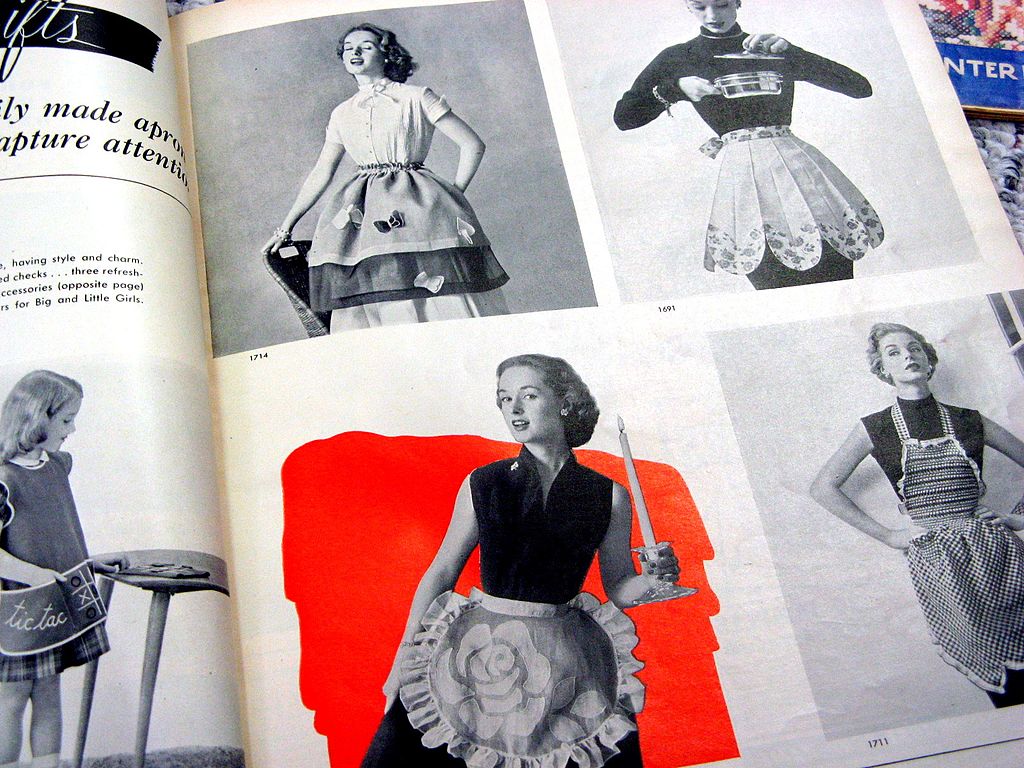
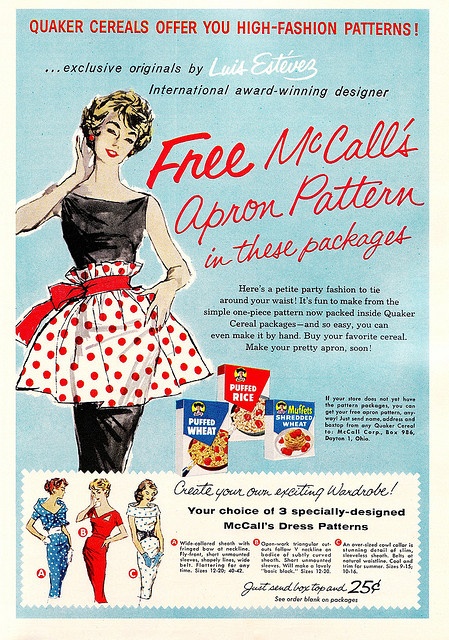
Read more about 1950s domestic fashions here.
Aprons today
Aprons have made a comeback! With love of DIY for DIY sake being at an all-time high, aprons have hit the scene once again as both DIY accessory and project. They are available mostly in bib and pinafore styles and found in department stores, boutique shops, and in online stores in countless designs. I am sure that we have a reader or two out there who has a treasured apron or makes ones to be remembered.
Here are a few great finds from around the web:
More fashion history fun:
Bonnets through history: can you tell them apart?
A short history of the hand muff, one of history’s cutest accessories

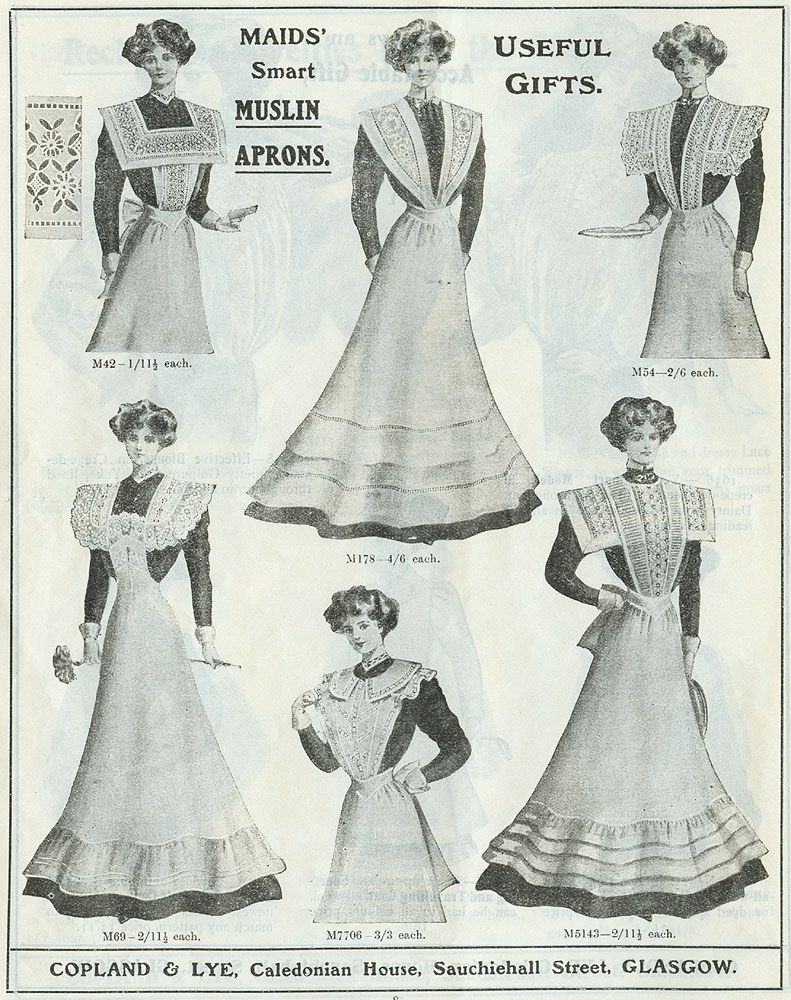
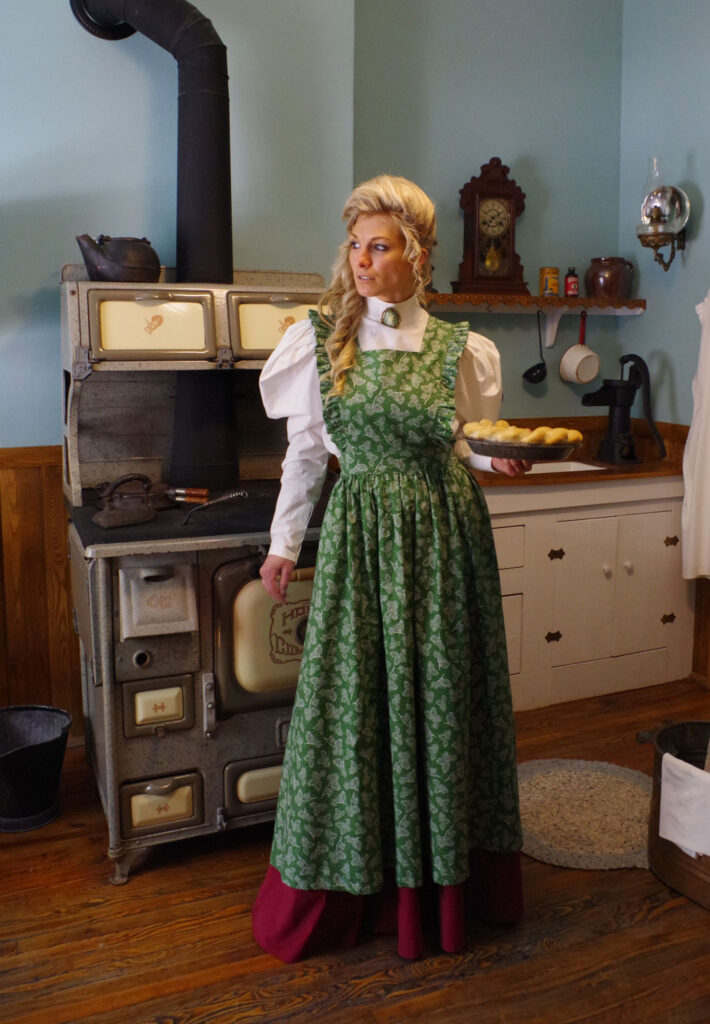
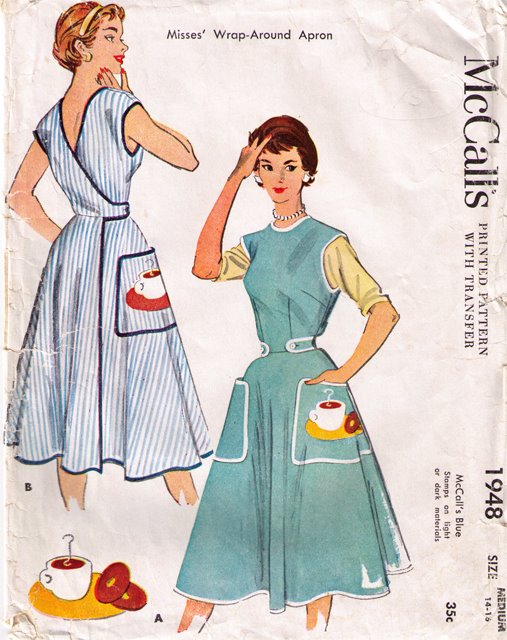
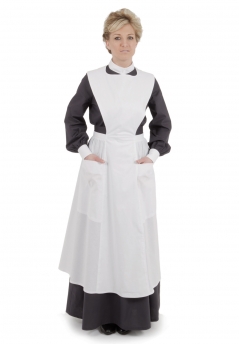
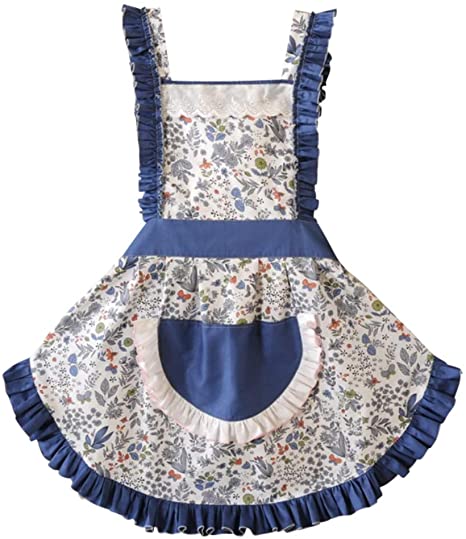
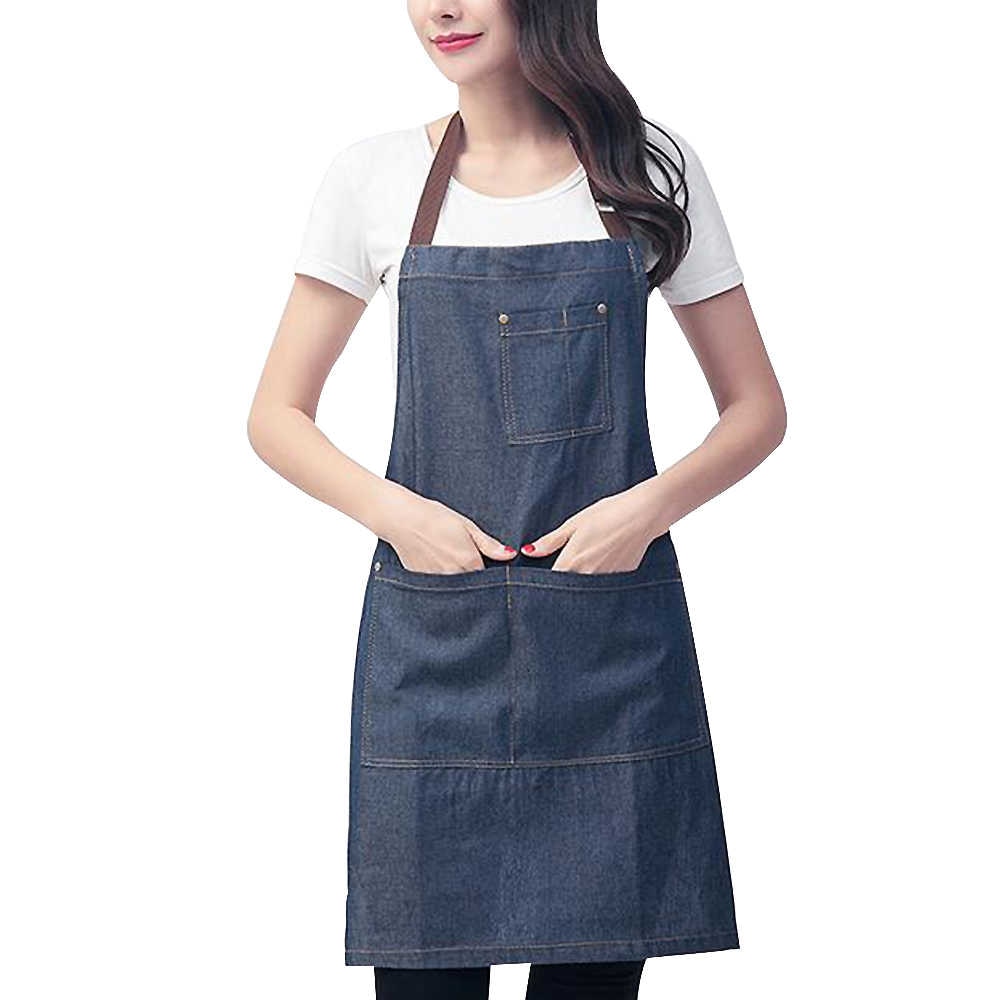
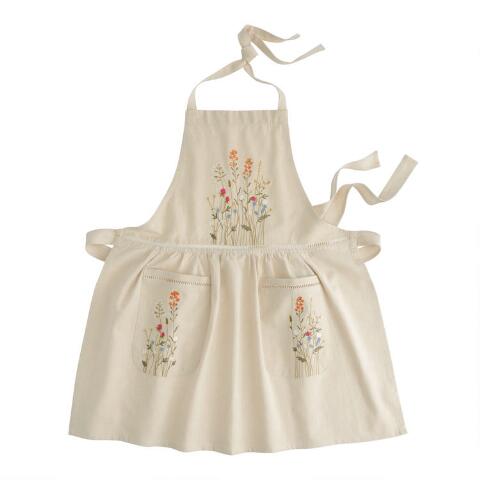
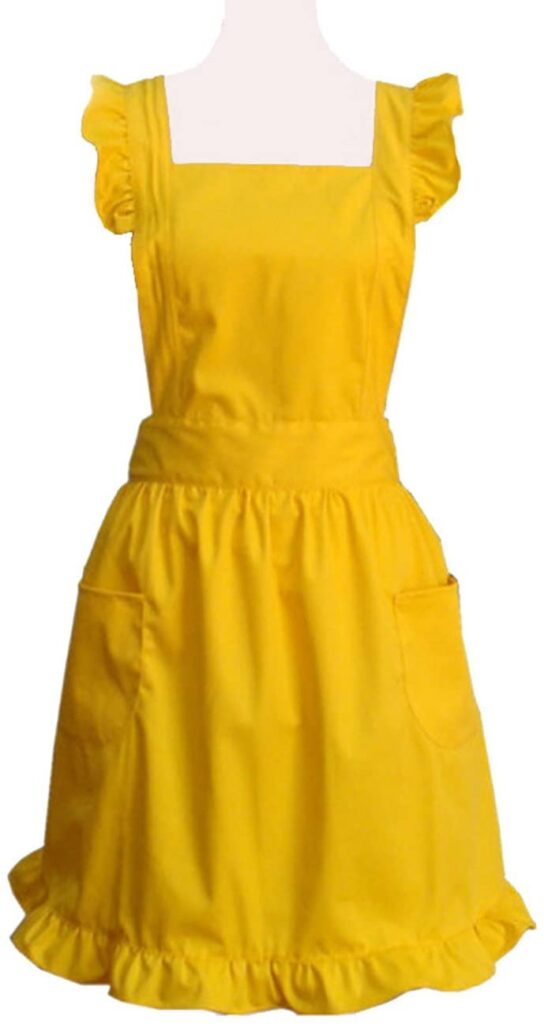
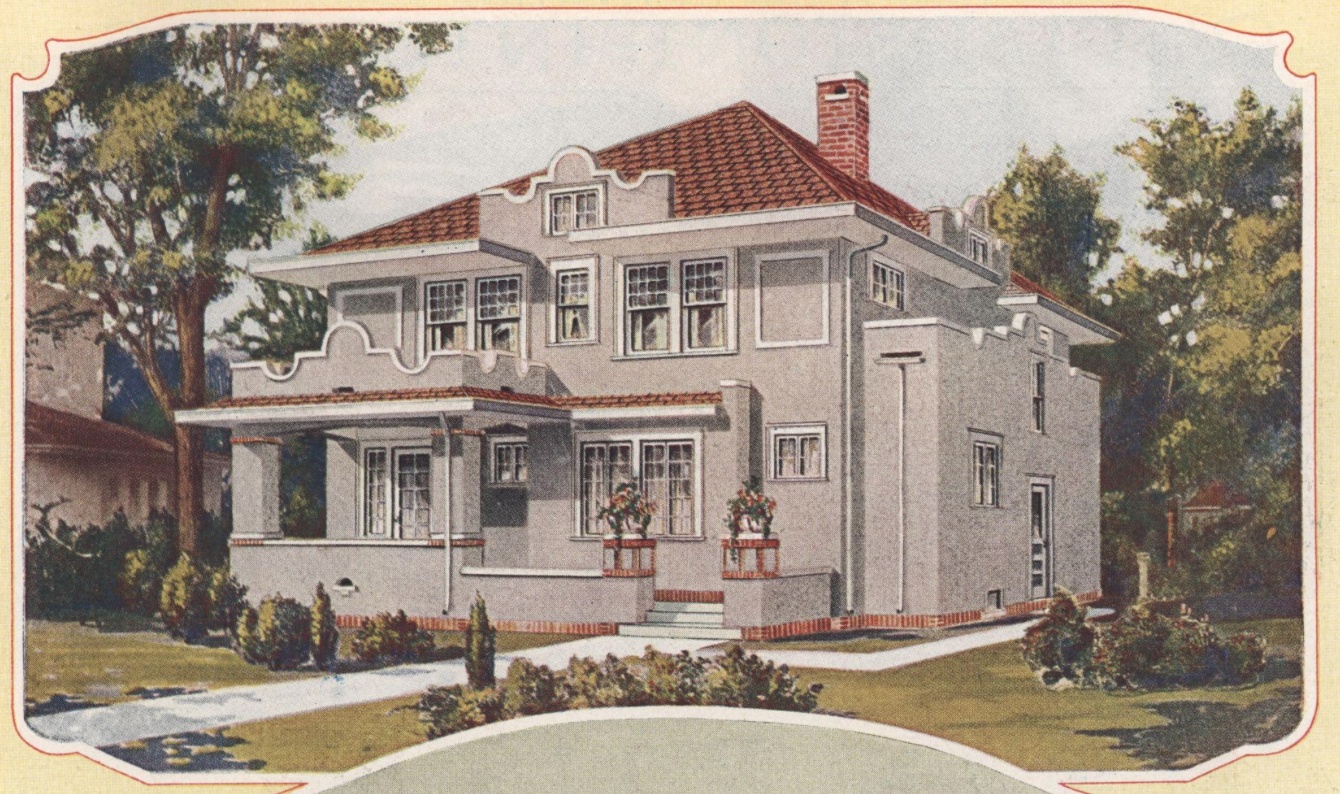








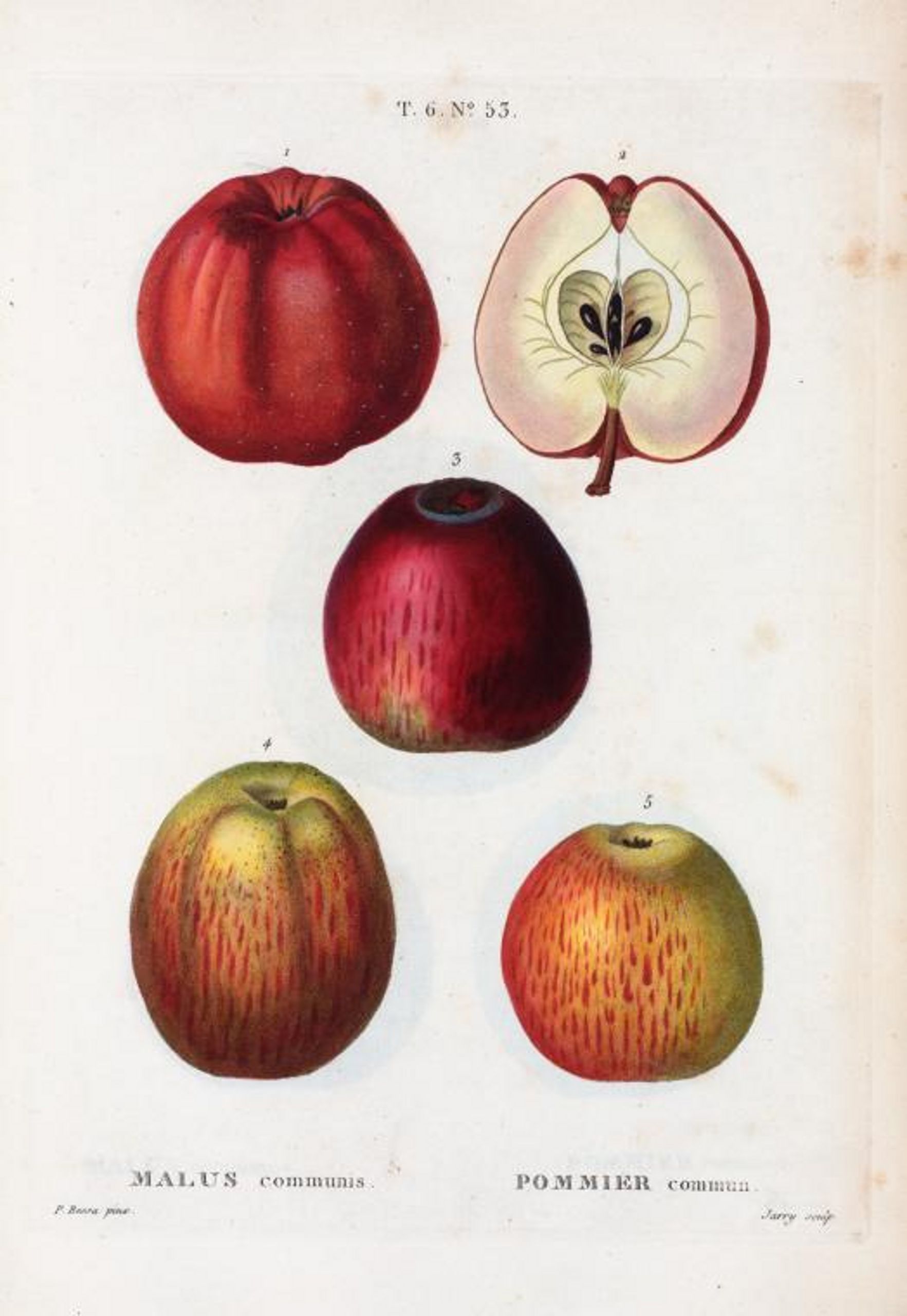

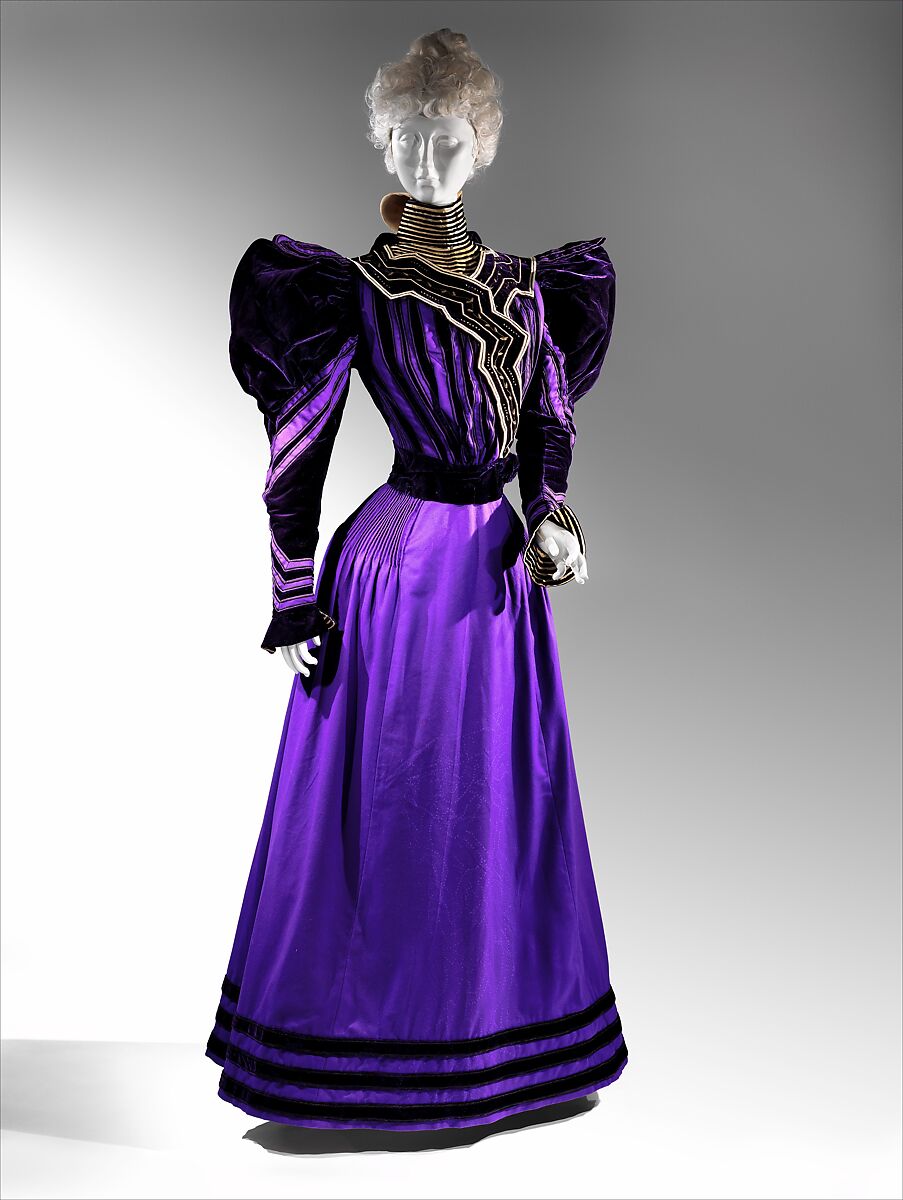
I recently sewed 2 myself – one in a caricature of a Tudor women’s dress style and one 1950’s full apron style. Love ’em!
I agree! I collect vintage aprons as well!
Aren’t aprons fun? I have tried several that didn’t work but finally purchased a vintage one and used it for a pattern, and it’s perfect! Then because I guess I’m an over-indulger, I just purchased another (different style) to do the same 🙂 I like things that have purpose.